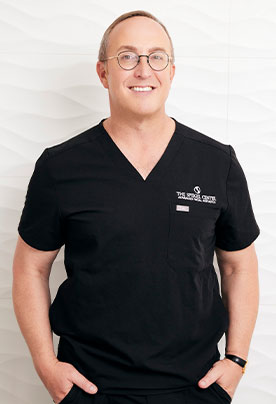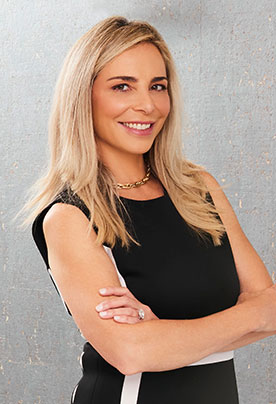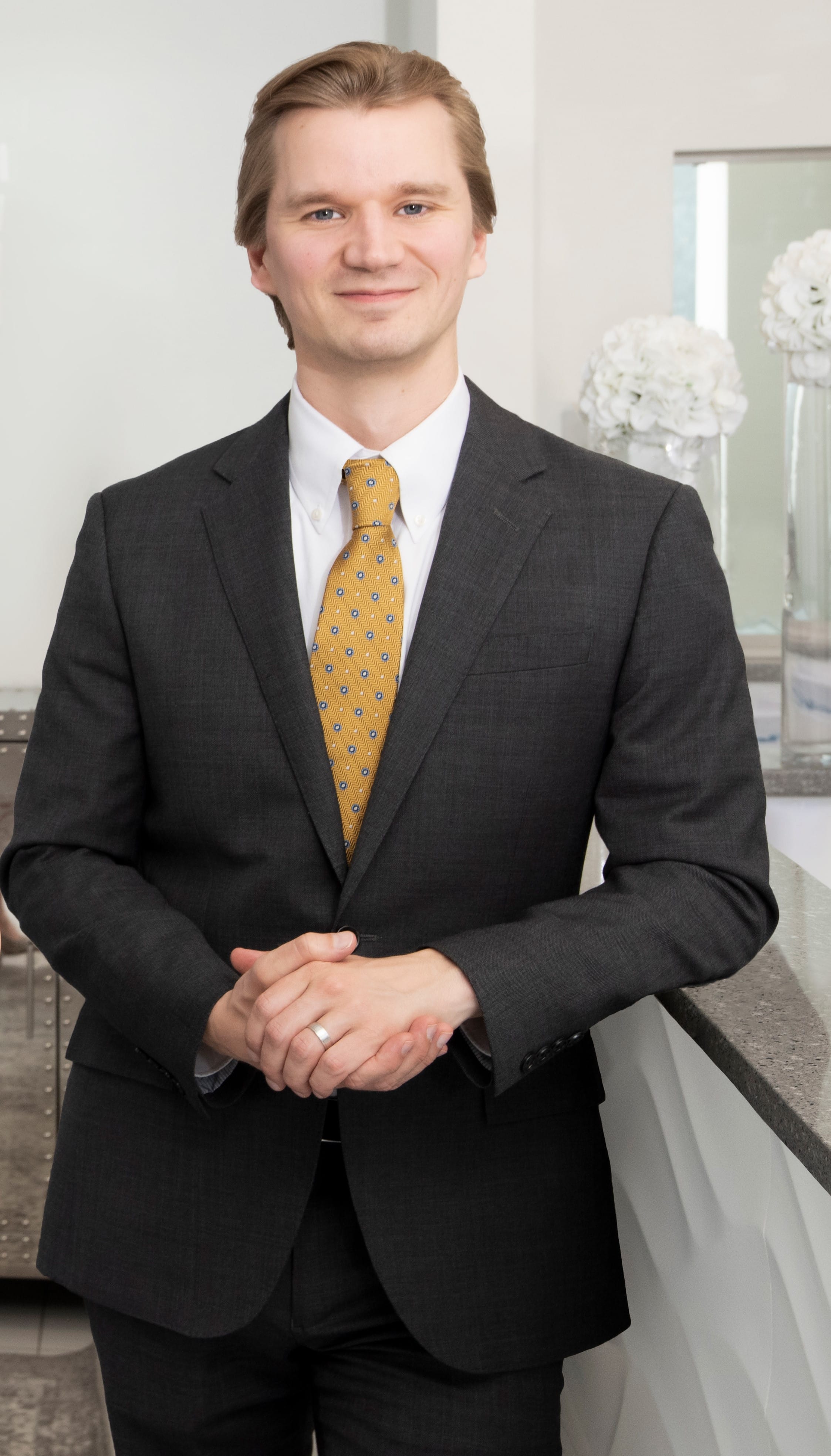Jul 28, 2023

Congratulations! You are considering shaping your nose. Doing research to learn about the procedure is a valuable first step and the mark of someone who makes carefully considered and informed choices. No doubt you have learned many new, and potentially, confusing new terms relating to nose surgery. Ultimately, of course, you want the best possible outcome. When done well you should be able to enjoy the confidence of an enhanced appearance that better fits your personality, as well as an improved ability to breathe through your nose. Maximizing breathing is done by adjusting several parts of the nose including the nasal septum (this procedure is sometimes called a septoplasty and is typically included in a rhinoplasty surgery when indicated), nasal turbinates (small bones in the nose that can block breathing), and nasal valves. The nasal valves are areas where narrow cartilage angles, misaligned cartilage, thickened tissue, or weak cartilage can lead to partial nasal collapse when breathing. A skilled rhinoplasty surgeon will consider all of these factors when operating on your nose to assure you the best functional outcome.
The two major approaches to rhinoplasty are loosely categorized as “open” and “closed”, and the adherents of each technique tend to strongly defend that their surgical method is the best. An “open” technique means that the bridge of skin between your two nostrils when viewed from below (called the columella) is divided and then sewn back together at the end of the procedure. In the “closed” technique this skin is left intact and all stitches are placed inside the nostrils.
The closed technique is said to offer faster healing as the skin on the nose may not swell as much. The open technique is said to offer improved vision for the surgeon as the cartilages and bones of the nose are directly seen rather than needing to be looked at through a small tunnel (the nostrils).
So, which technique is best? Like many things, there are times when each technique is preferred. If you have had surgery prior, or have a complicated problem, the open technique may be helpful. On the other hand, if your skin type is such that stitches on the columella may be undesirable, the closed technique will function better.
Dr. Spiegel is comfortable with both techniques and uses each one approximately 50% of the time. When you meet with him he’ll tell you his thoughts based on more than 20 years (and thousands of happy rhinoplasty patients) experience.
Your goal is to get the best possible result with the shortest and most comfortable recovery time. That’s the exact same goal that Dr. Spiegel has for his surgery with you. You can trust that he’ll listen to your thoughts and help guide you to where you want to be.
In most cases, rhinoplasty will take 1 to 2 hours of surgical time and you’ll wear a cast or plastic splint on your nose for approximately one week. You should be happy with your appearance in as quickly as 10 days after surgery, though fully healing will take longer. What does rhinoplasty cost? Cost varies based upon your needs and the confidence and experience of the surgeon. With Dr. Spiegel, your investment in your nose starts at 14K.
Open and closed rhinoplasty are two paths to a common goal. The skill is knowing which road to follow when.





